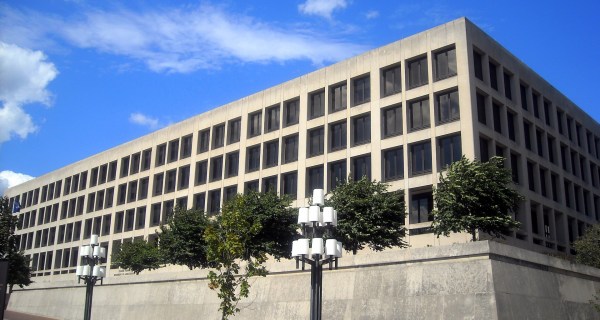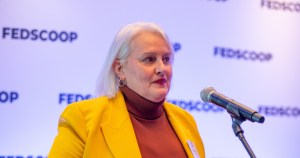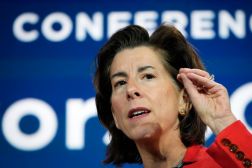How to maximize your chance to win MGT funds

It is done. The hotly anticipated Modernizing Government Technology (MGT) Act was signed into law by President Trump as part of the National Defense Authorization Act on Dec. 12, 2017 (the text of the MGT Act can be found here, on pages 304 to 312). And with the new year, the $250 million in the MGT’s Technology Modernization Fund (TMF), followed by another $250 million in fiscal 2019, is causing agency CIOs from across the federal government to ramp up in preparing to apply for funding for an IT modernization project.
Let’s be honest, however. $500 million over two years is a not nearly enough to fund every critical project. Unfortunately, agencies will be competing against each other for these same, limited dollars. What can a savvy CIO do to maximize his or her agency’s chances of winning funding for its project? Here are four ideas.
1. Have an IT strategic plan in place
If an agency has not already done so, it should put in place a formalized IT modernization strategy. Of course, that strategy should link logically and directly to the agency’s mission and specific, measurable performance objectives and non-IT operating costs. One of the requirements for the funding application is a strong business case for the proposed project. Tying the proposed project into an overall IT strategy, makes it possible to specify which future IT spending, or program operations spending, the agency will be able to save as a projected return on investment. In fact, agencies should ensure that they are have rigorously tracked current costs (to set the baseline), and will be able to rigorously measure and report comparative future costs after receiving funds, so as to provide evidence of savings. With these pieces in place, projects may be more likely to be approved.
2. Make IT a key part of your agency-wide mission and strategy planning
Gone are the days that agency strategy and IT were two different things. Today, few missions can be successful without technology. Positioning IT as part of mission and strategy means the CIO must partner with the CFO and mission program managers in order to have a cohesive approach to modernizing and managing the agency. If there is not close collaboration between CIO, CFO, and program managers, operating savings that could justify an IT investment may never be realized – and IT investments that could produce substantial operating improvements may never be funded through the Technology Modernization Fund. The more tightly linked a proposed IT modernization project is to the mission and strategy of the agency, the better positioned it will be for funding approval.
3. Invest in Technology Business Management (TBM) to accurately track IT spending, and savings
TBM is a set of business best practices designed to bridge the gap between the CIO and the CFO by giving them a common set of terms and associated cost categories for technology-related investments. This enables vastly greater transparency into IT spending, enabling leadership to more easily identify the true costs, available efficiencies, and overspending. When implemented at an agency, TBM will allow CIOs to develop the data-driven business cases they will need to justify funding, while also giving them the ability to create the ongoing, detailed reports that provide evidence of the savings required by the MGT Act. Agencies could even consider applying for MGT Act funding for a TBM implementation, setting up the basis for future funding.
4. Align your choice of projects with administration priorities
The American Technology Council, coordinating leaders of DHS, OMB, GSA, and coordinating with the Secretary of Commerce provided the 2017 Report to the President on Federal IT Modernization, which offers insight into administration IT priorities. As well, additional insight may be had from the Office of American Innovation (OAI), housed within the White House. In general, the administration’s priorities include cybersecurity, cloud computing, closing data centers, machine learning/artificial intelligence, improving procurement, and TBM. Thus, agencies may be more likely to obtain Technology Modernization Fund dollars (or funding from their own agency’s working capital fund) if they submit projects for funding that address those priorities.
The MGT Act lays out specific responsibilities for the agency CIO. These include working with the CFO to create the business case for funding; evaluating applications for funding (there may be several within each agency); and providing required reports starting a year after receiving funding and continuing every six months thereafter. By understanding these responsibilities, and positioning IT project funding requests within them, agencies will have the best chance to receive the MGT funding they seek to modernize their technology.
Note: Readers may be interested in a previous FedScoop article on this topic, titled “Four Steps CIOs Can Take Now to Prepare for the MGT Act.”
Nicholas Ojeda is Principal Business Analyst on REI Systems’ IT Strategy, Planning and Budgeting Team. He has advised with OMB, GSA and DHS, and previously was a staff member within the Executive Office of the President.
Eric Co is a Senior Project Manager at REI Systems, leading the company’s IT Strategy, Planning and Budgeting Team, and its TBM service offering.






